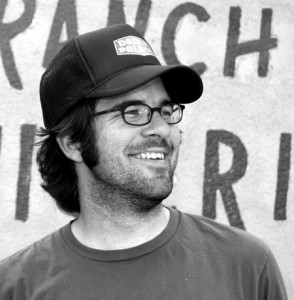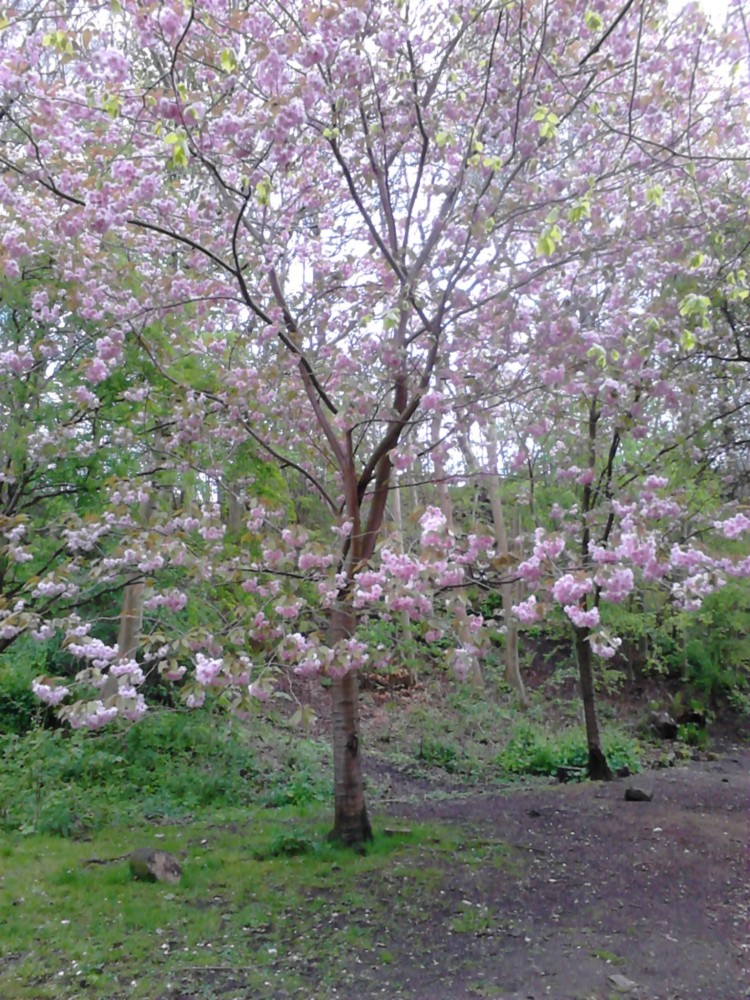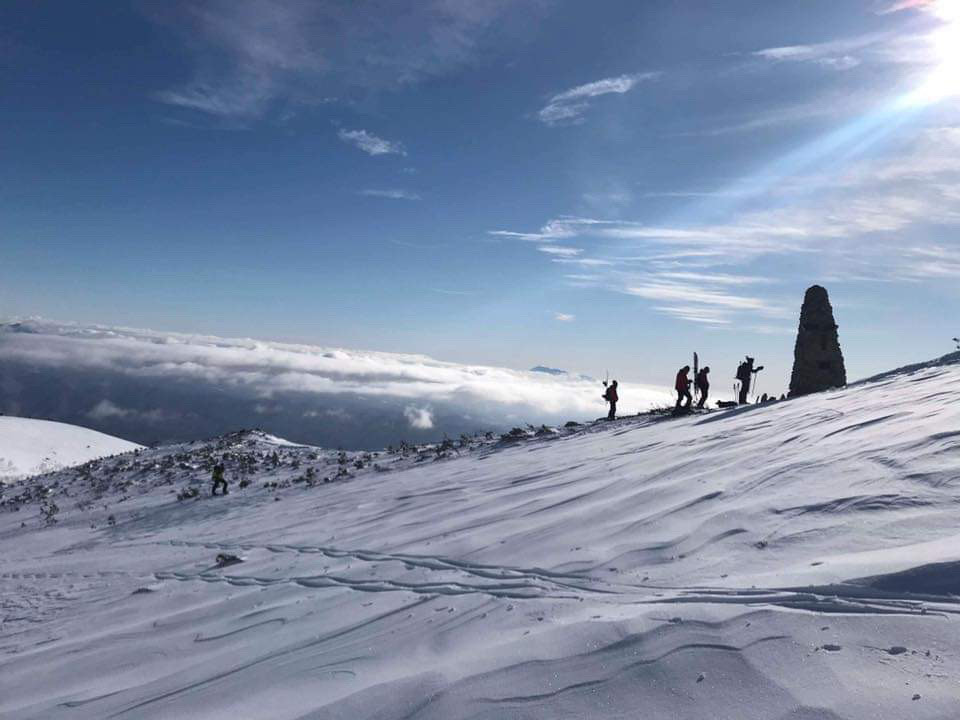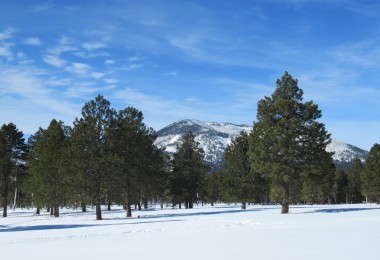 Stretching nearly 700 miles through northern Wyoming and southern Montana, the Yellowstone River is probably best known as the longest undammed river in the lower 48 states. As a result, it’s also among the wildest waterways in America; twisting, turning and even flooding, just as nature intended it. That’s in stark contrast to rivers like the Colorado and the Mississippi, both of which are heavily regulated and managed for commercial use.
Stretching nearly 700 miles through northern Wyoming and southern Montana, the Yellowstone River is probably best known as the longest undammed river in the lower 48 states. As a result, it’s also among the wildest waterways in America; twisting, turning and even flooding, just as nature intended it. That’s in stark contrast to rivers like the Colorado and the Mississippi, both of which are heavily regulated and managed for commercial use.
For documentary filmmaker Hunter Weeks, this “untouched” reputation was just part of the appeal when he set out two years ago to film an expedition along the entire length of the Yellowstone River. The result, “Where the Yellowstone Goes,” is currently in post-production and is set for release in early 2012. We recently caught up with Weeks to learn a little more about the film itself and find out what makes the Yellowstone such a compelling subject.
Snowshoemag: How did this project get started?
Hunter Weeks: “I had just moved to Montana and was talking to a friend of mine, who’s a fourth generation fly fishing guide from the area, and he was going on about how cool it would be to float the whole length of the Yellowstone. Montana is one of those states that hasn’t been too changed from the past, so my first thought was, “man, that would make for a pretty cool film.” It took us two years to plan the trip and raise funds for it, but we hit the river in July of this year and ended up spending 31 days floating the river with a camera crew and camping every night along the way.”
So what is it about the Yellowstone?
“The Yellowstone River is special because it has avoided some of the challenges that other rivers have faced. So when you’re out there you’re experiencing the river just as nature intended it and you get to experience the ecosystem the way it always was. The Yellowstone is the river that bucked the system.”
What’s it like to spend a month floating a river?
“It was a pretty cool experience. You really get to see nature in ways you haven’t before, like seeing the cycle of the moon rising a little brighter and a little later every day. You notice these things since you’re pretty much going the same direction the whole time, and it really helps you understand our place in the world. We camped on these small islands that are all along the river; it was a pretty raw experience.”
 What sorts of people did you meet along the way?
What sorts of people did you meet along the way?
“The funny thing about the Yellowstone is that, even though it’s a wild river, it pretty much has civilization all around it for its full distance. There are usually cliffs and bluffs around you, so you feel pretty way out in the wilderness when you’re on the river, but the reality is that it follows along the interstate and there’s development everywhere. So we got to interact with a lot of people, popping into towns along the way to find people to tell their stories.”
Anything stand out?
“We stayed one night on the property of the “Cake Ladies” in Park City, Mont., who are known for donating cakes for various causes in the area. They were born along the river in the 1920s so they had a lot of stories about how the river has changed over the years. One thing they told us was that their house is on land that William Clark, of the Lewis and Clark expedition, used on his return trip for building canoes. I mean, it was only 205 years ago that Lewis and Clark were on that same stretch of river.”
What’s next for the film itself?
“The plan is to release it in the spring and take it on tour, probably for a series of one-night showings in as many as 45 cities. Then in the summer it will probably go to DVD, iTunes and hopefully some sort of TV deal with the Documentary Channel. We’re also considering entering it in some festivals.”
More information is available at www.wheretheyellowstonegoes.com. Prior to “Where the Yellowstone Goes,” Hunter Weeks directed and produced “10 MPH,” which chronicled a cross country road trip from Seattle to Boston via Segway, as well as “Ride the Divide” and “10 Yards.”






Totally agree! Can’t wait to see it. I’m a big fan of Hunter’s previous work, specifically 10mph.
This is going to be an awesome movie. Great job Hunter and thanks for the interview, Tim!